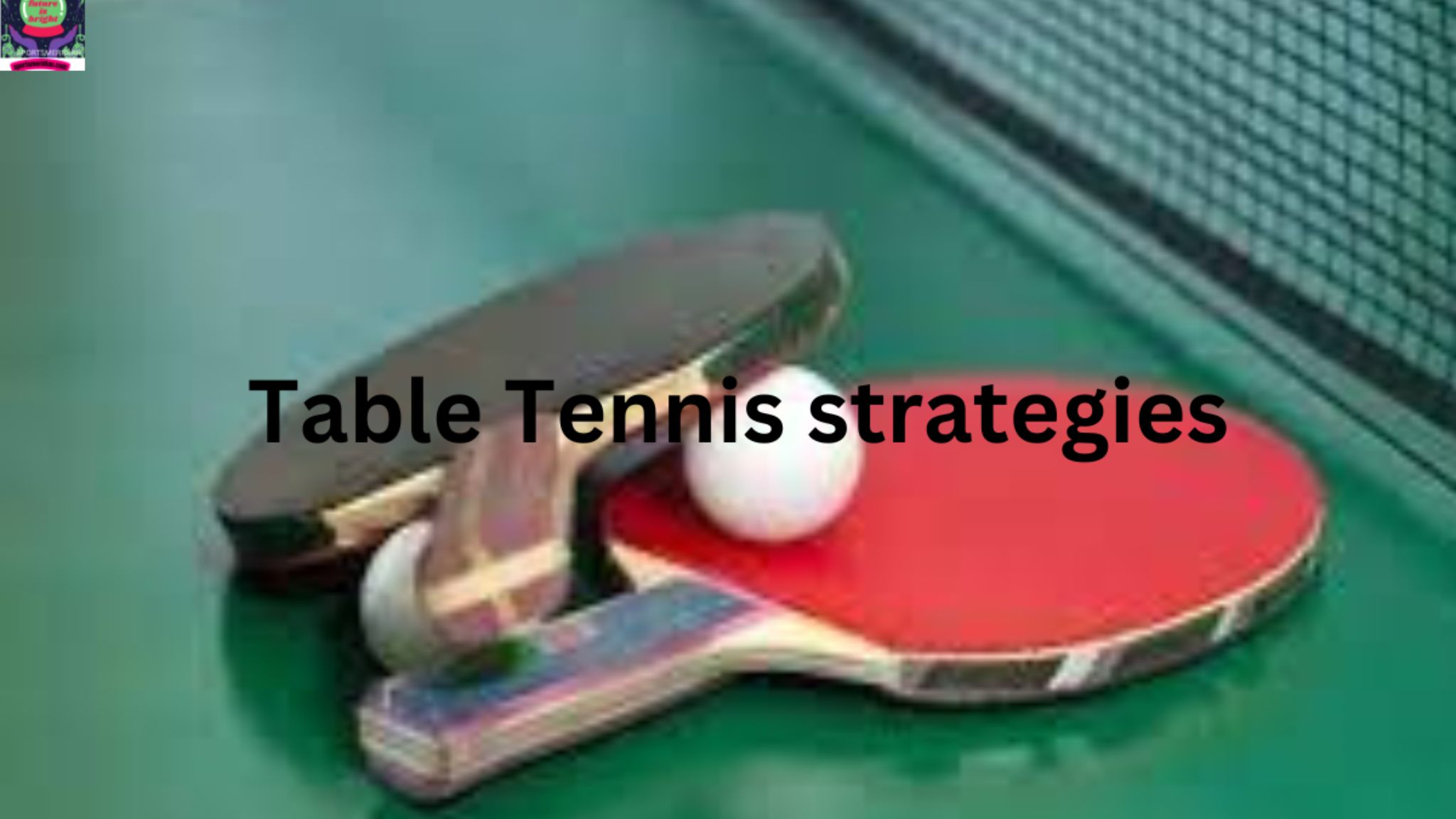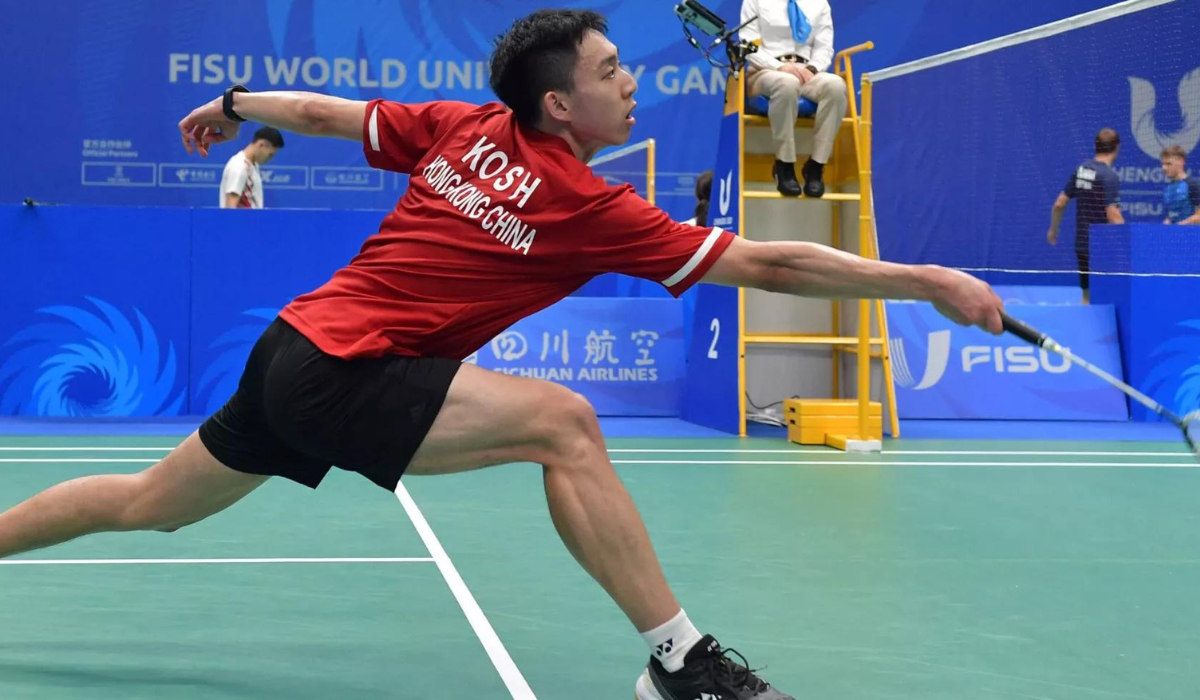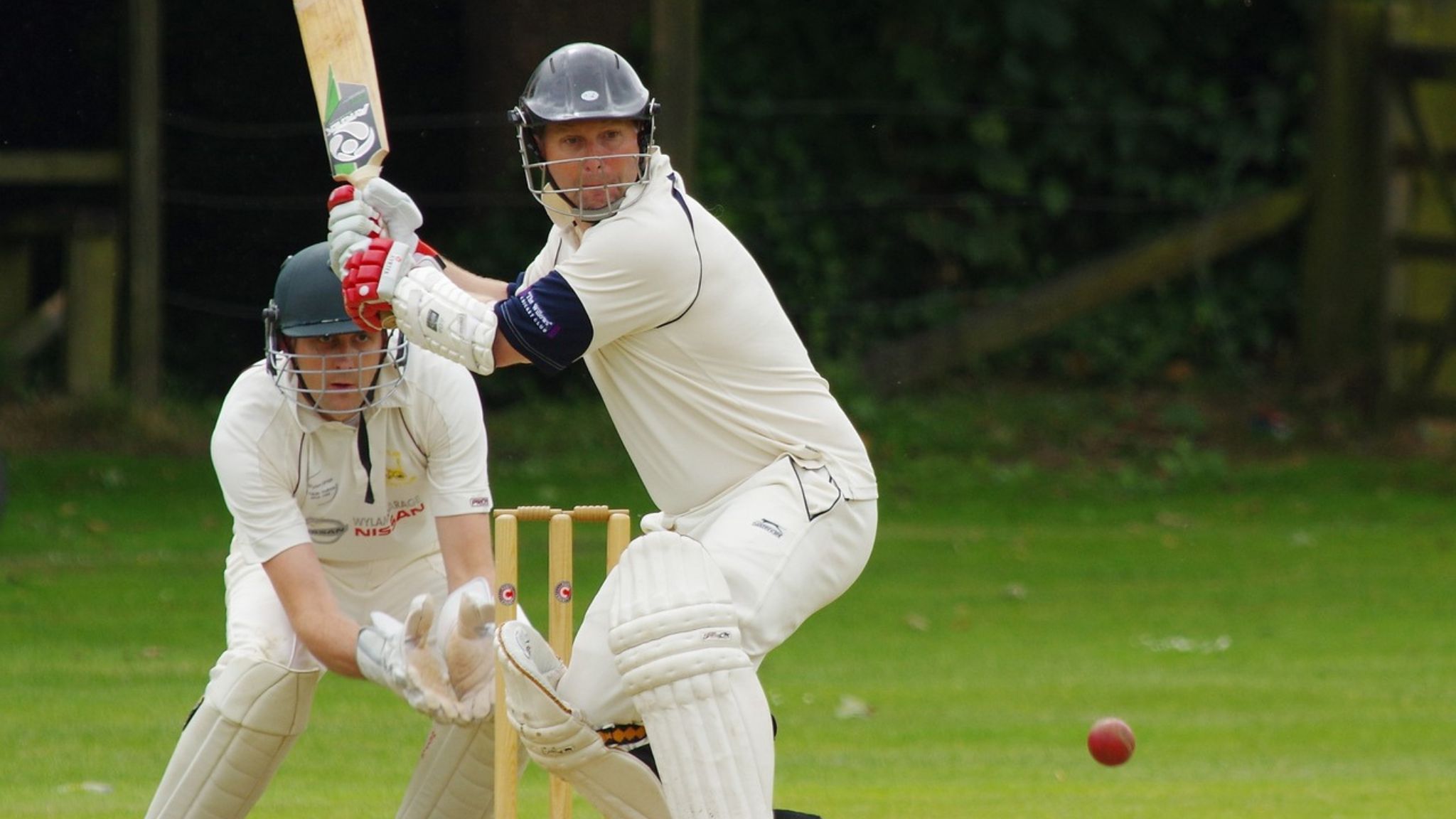Table tennis, often referred to as ping-pong, is a dynamic and fast-paced sport that demands both physical agility and mental acumen. To excel in this sport, understanding and implementing various strategies is crucial. This article delves into the essential tactics, techniques, and considerations that can elevate your table tennis game.
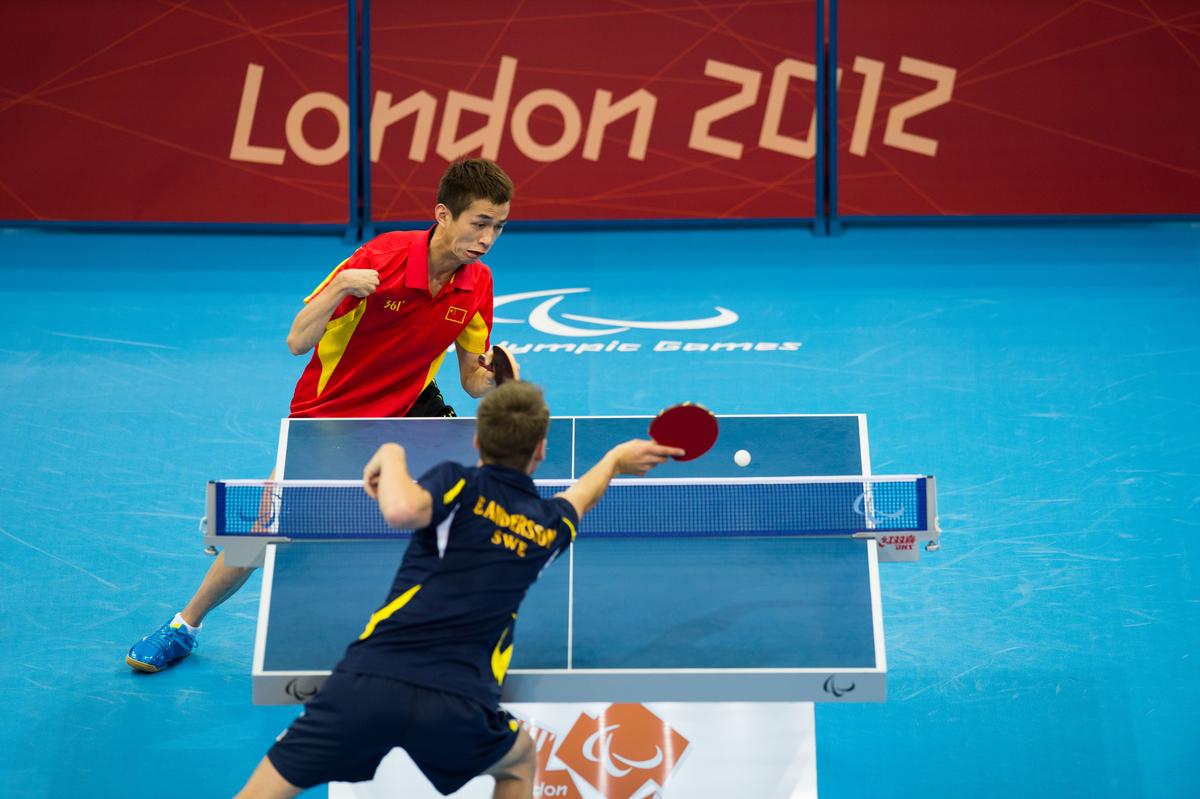
Table of Contents
Basic Techniques and Grip
Understanding the Shakehand and Penhold Grips
The grip is the foundation of your playing style. The two predominant grips in table tennis are the shakehand and the penhold. The shakehand grip, resembling a handshake, is more common in Western countries and offers a balanced offensive and defensive play. On the other hand, the penhold grip, The penhold grip is so-named because one grips the racket similarly to the way one holds a writing instrument. The style of play among penhold players can vary greatly from player to player. The most popular style, usually referred to as the Chinese penhold style, involves curling the middle, ring, and fourth finger on the back of the blade with the three fingers always touching one another. Chinese penholders favour a round racket head, for a more over-the-table style of play. In contrast, another style, sometimes referred to as the Japanese/Korean penhold grip, involves splaying those three fingers out across the back of the racket, usually with all three fingers touching the back of the racket, rather than stacked upon one another.,This is prevalent in Asian countries and allows for more wrist flexibility, beneficial in generating spin.
(if you like to learn Badminton strategies then pl ref)
Importance of Mastering Basic Strokes
Mastering basic strokes such as the forehand and backhand drives, pushes, and chops is essential. These foundational strokes form the basis of your playing technique and enable you to develop more advanced skills.
Footwork Fundamentals
The Role of Footwork in Table Tennis
Good footwork is essential for reaching the ball quickly and maintaining balance. Work on your footwork to stay in control of the game. Good footwork is key to positioning yourself effectively for shots. It allows you to cover the table efficiently and is vital for both offensive and defensive play.
Basic Footwork Techniques
Practicing side-to-side movements, in-and-out footwork, and pivoting can significantly improve your ability to reach and return the ball effectively.
Serving Strategies
Types of Serves in Table Tennis
There are various serves in table tennis, each with its advantages. These include the topspin, backspin, side-spin, and no-spin serves. Learning these serves can give you an edge over your opponent.
How to Use Serve to Gain an Advantage
A well-placed serve can set the tone for the point. Experiment with different serves to find what works best against different opponents.
Receiving and Return Play
Reading the Opponent’s Serve
Anticipating and understanding your opponent’s serve is crucial. Look for cues in their body language and paddle movement.
Techniques for Effective Returns
Practicing different return shots, like the push, drive, or block, can help you neutralize your opponent’s serve.
Offensive Strategies
Aggressive Play Techniques
Developing an aggressive playing style involves mastering powerful forehand and backhand loops, smashes, and drives. These shots can put your opponent on the defensive.
Power and Spin in Offensive Shots
Combining power with spin can make your shots more difficult for the opponent to return. Practice generating different spin types to make your offensive play more effective.
Defensive Strategies
Importance of a Solid Defense
A good defense can be as important as a strong offense. Being able to consistently return your opponent’s shots can frustrate them and force errors.
Techniques for Counter-Attacks and Blocks
Mastering the art of blocking and counter-attacking can turn a defensive position into an offensive opportunity.
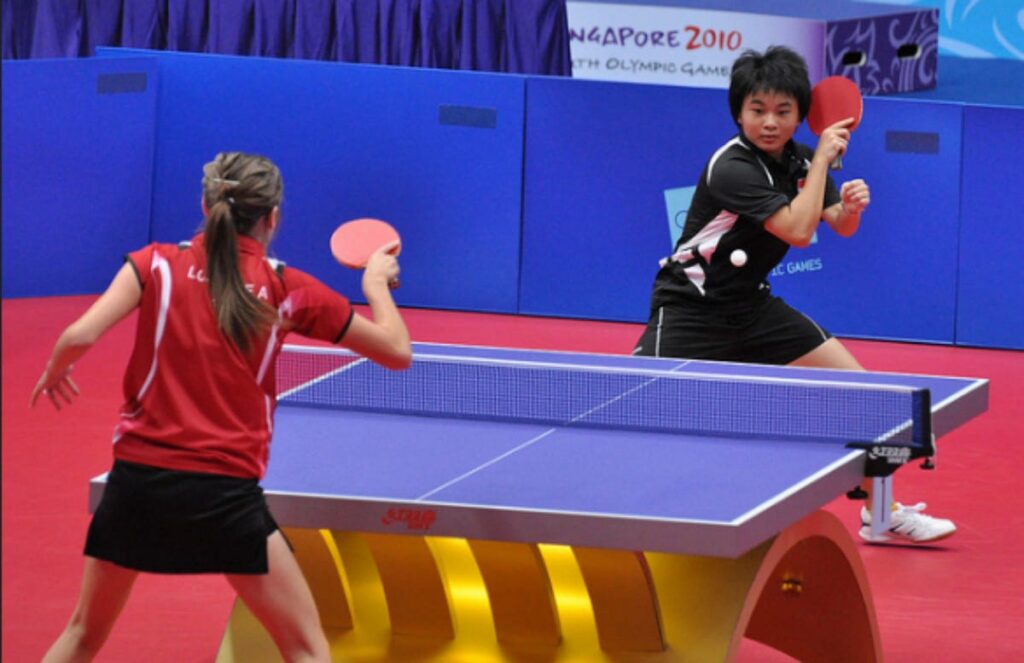
Psychological Aspect of the Game
Mental Preparation and Focus
Table tennis requires mental sharpness and focus. Staying calm and collected, even under pressure, is key to maintaining your strategy.
Dealing with Pressure and Competition Anxiety
Developing mental resilience helps you cope with the pressure of competition. Techniques like visualization and deep breathing can be beneficial.
Equipment Choice
Choosing the Right Paddle and Rubber
The right paddle and rubber can complement your playing style. Whether you prefer an offensive or defensive style, there is equipment suited to your needs.
Impact of Equipment on Playing Style
Understanding how different paddles and rubbers affect your play is important. Some may enhance spin, while others offer more speed or control.
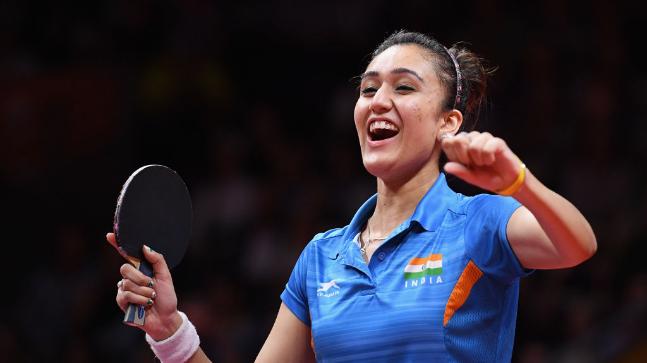
Advanced Techniques
Topspin, Backspin,Sidespin, and Corkspin Strategies
Mastering topspin and backspin shots can give you a tactical advantage. These spins affect the trajectory and bounce of the ball, making it harder for your opponent to predict and return shots.
Backspin
Backspin is where the bottom half of the ball is rotating away from the player, and is imparted by striking the base of the ball with a downward movement. At the professional level, backspin is usually used defensively in order to keep the ball low Backspin is commonly employed in service because it is harder to produce an offensive return, though at the professional level most people serve sidespin with either backspin or topspin. Due to the initial lift of the ball, there is a limit on how much speed with which one can hit the ball without missing the opponent’s side of the table. However, backspin also makes it harder for the opponent to return the ball with great speed because of the required angular precision of the return. Alterations are frequently made to regulations regarding equipment in an effort to maintain a balance between defensive and offensive spin choices.It is actually possible to smash with backspin offensively, but only on high balls that are close to the net.
Topspin
The topspin stroke has a smaller influence on the first part of the ball curve. Like the backspin stroke, however, the axis of spin remains roughly perpendicular to the trajectory of the ball thus allowing for the Magnus effect to dictate the subsequent curvature. After the apex of the curve, the ball dips downwards as it approaches the opposing side, before bouncing. On the bounce, the topspin will accelerate the ball, much in the same way that a wheel which is already spinning would accelerate upon making contact with the ground. When the opponent attempts to return the ball, the topspin causes the ball to jump upwards and the opponent is forced to compensate for the topspin by adjusting the angle of his or her racket. This is known as “closing the racket”.
The speed limitation of the topspin stroke is minor compared to the backspin stroke. This stroke is the predominant technique used in professional competition because it gives the opponent less time to respond. In table tennis topspin is regarded as an offensive technique due to increased ball speed, lower bio-mechanical efficiency and the pressure that it puts on the opponent by reducing reaction time. (It is possible to play defensive topspin-lobs from far behind the table, but only highly skilled players use this stroke with any tactical efficiency.) Topspin is the least common type of spin to be found in service at the professional level, simply because it is much easier to attack a top-spin ball that is not moving at high speed.
Sidespin
This type of spin is predominantly employed during service, wherein the contact angle of the racket can be more easily varied. Unlike the two aforementioned techniques, sidespin causes the ball to spin on an axis which is vertical, rather than horizontal. The axis of rotation is still roughly perpendicular to the trajectory of the ball. In this circumstance, the Magnus effect will still dictate the curvature of the ball to some degree. Another difference is that, unlike backspin and topspin, sidespin will have relatively very little effect on the bounce of the ball, much in the same way that a spinning top would not travel left or right if its axis of rotation were exactly vertical. This makes sidespin a useful weapon in service, because it is less easily recognized when bouncing, and the ball “loses” less spin on the bounce. Sidespin can also be employed in offensive rally strokes, often from a greater distance, as an adjunct to topspin or backspin. This stroke is sometimes referred to as a “hook”. The hook can even be used in some extreme cases to circumvent the net when away from the table.
Corkspin
Players employ this type of spin almost exclusively when serving, but at the professional level, it is also used from time to time in the lob. Unlike any of the techniques mentioned above, corkspin(or “drill-spin”) has the axis of spin relatively parallel to the ball’s trajectory, so that the Magnus effect has little or no effect on the trajectory of a cork-spun ball: upon bouncing, the ball will dart right or left (according to the direction of the spin), severely complicating the return. In theory, this type of spin produces the most obnoxious effects, but it is less strategically practical than sidespin or backspin, because of the limitations that it imposes upon the opponent during their return. Aside from the initial direction change when bouncing, unless it goes out of reach, the opponent can counter with either topspin or backspin. A backspin stroke is similar in the fact that the corkspin stroke has a lower maximum velocity, simply due to the contact angle of the racket when producing the stroke. To impart a spin on the ball which is parallel to its trajectory, the racket must be swung more or less perpendicular to the trajectory of the ball, greatly limiting the forward momentum that the racket transfers to the ball. Corkspin is almost always mixed with another variety of spin since alone, it is not only less effective but also harder to produce.
Mastering the Loop and Smash
The loop is an offensive topspin stroke used against backspin balls, while the smash is a powerful shot used to finish points. Both require practice and precision.
Match Strategy and Adaptation
Analyzing the Opponent
Understanding your opponent’s strengths and weaknesses allows you to tailor your strategy accordingly. Observing their play style during the match is crucial.
Adapting Strategy During the Game
Be prepared to adjust your strategy mid-game. Flexibility and adaptability can be the difference between winning and losing.
Rules and Regulations
Understanding Official Table Tennis Rules
Knowing the rules of the game is fundamental. It not only helps in playing the game correctly but also in developing strategies that align with the rules.
How Rules Influence Strategy
Certain strategies might be more effective given specific rules. Understanding these nuances can give you a strategic edge.
Nutrition and Fitness
Diet and Exercise for Table Tennis Players
A balanced diet and regular exercise are crucial for maintaining peak physical condition. This directly impacts your performance on the table.
Impact of Physical Fitness on Performance
Good physical fitness enhances endurance, agility, and reaction time, all essential attributes for a table tennis player.
Conclusion
Table tennis is a sport that combines physical skills with mental acuity. Mastering various strategies and continually refining your techniques can lead to significant improvements in your game. Remember, practice, patience, and perseverance are key to mastering table tennis strategies.
FAQs
- What are the best strategies for beginners in table tennis?
- Beginners should focus on mastering basic strokes, developing consistent serves, and understanding fundamental footwork.
- How important is equipment in table tennis?
- While skill and technique are paramount, the right equipment can complement your playing style and offer slight advantages.
- Can psychological strategies give an edge in table tennis?
- Yes, mental strategies like maintaining focus, managing anxiety, and understanding the opponent’s psychology are crucial.
- How can I improve my offensive play in table tennis?
- Practice aggressive shots like loops, smashes, and drives, and learn to incorporate spin effectively.
- What are the key defensive strategies in table tennis?
- Key defensive strategies include mastering the block, developing consistent returns, and using counter-attacks effectively.
- How can I develop a more powerful serve in table tennis?
- To develop a powerful serve, focus on wrist snap, and body positioning, and practice different spin techniques.
- What’s the best way to handle fast-paced opponents?
- Against fast-paced opponents, focus on improving your reaction time and anticipation. Also, practice your defensive strokes and positioning.
- How can I improve my concentration during matches?
- To improve concentration, practice mindfulness and meditation. Also, simulate match conditions during training to adapt to pressure situations.
- Is spin important in table tennis? How can I improve it?
- Spin is a crucial element in table tennis. Improve it by practicing different types of spins and focusing on wrist action and paddle angle.
- How often should I practice to improve my table tennis skills?
- Regular practice is essential. Aim for at least 3-4 times per week, with a focus on different aspects of the game during each session.







